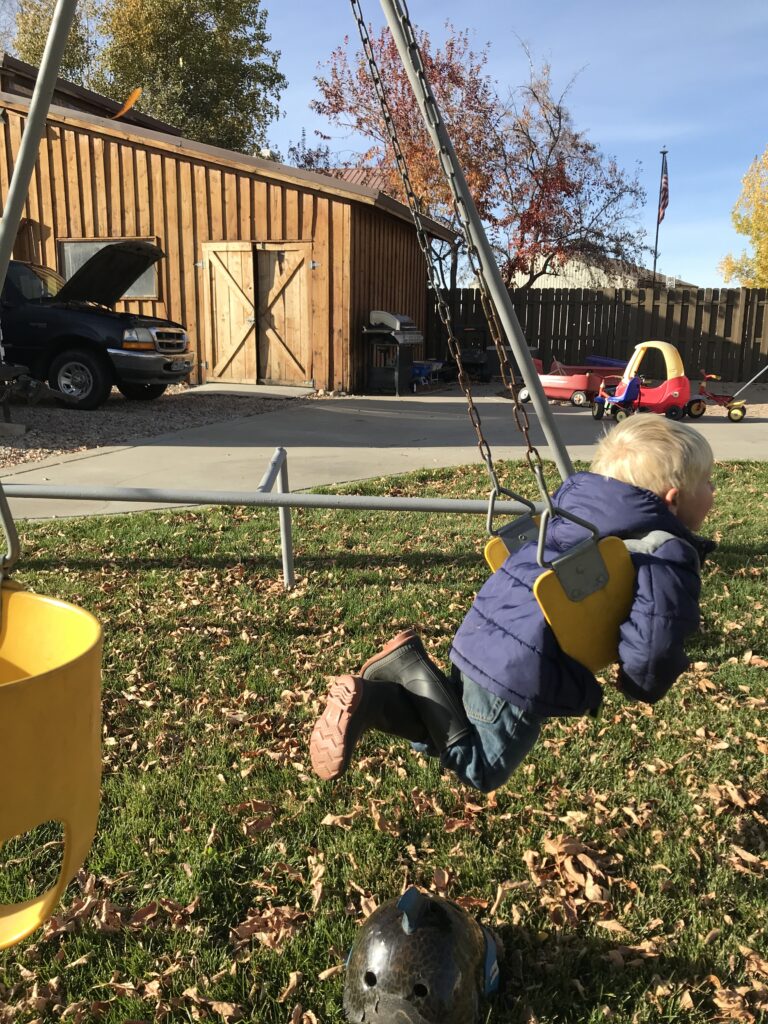10 Ways to Support Your Child’s Physical Development
10 Ways to support your child’s physical development.

One of the biggest tasks children have to accomplish is learning how to use and care for their bodies. Their physical skills are developing extremely rapidly. And as they develop these new skills, they gain more responsibility for caring for themselves.
10 Ways to Support Your Child’s Physical Development
Here are 10 ways you can support your child’s physical development:
- Teach, model, and maintain proper safety rules.
In order for children to develop healthy and strong bodies, they need to practice their skills in a safe way. While taking risks is an important part of learning, you can support your child to have enough safety measures in place that they can stay safe.
- Teach, model, and provide many opportunities to run, gallop, throw, catch, hop, kick, dance, jump, climb, pull, carry, stretch, bend, twist and move isolated parts of the body.
The best way for your child to master their control of their body is to use it. There are so many fun ways to incorporate different kinds of movement into activities and everyday tasks.
- Provide a safe, spacious environment to practice large motor skills.
Large movement requires large space. Open spaces to play are huge in helping children develop large motor skills. Places like fields, yards, or uncluttered living rooms.
- Continually encourage, challenge, and stretch your child’s large motor skills.
Help your child feel excited and confident in the learning process of new skills. Trying something new is the start of mastering something new.
- Provide a variety of equipment and opportunities that encourage development of large motor skills.
This is where every farm kid rejoices that climbing on tractors is part of their homeschool. But really, practice makes perfect. So providing as many new opportunities to use their bodies is going to help your child master their new physical skills.
- Participate in gross motor activities with your child.
Playing together is one of the best things you can do for your child’s development and learning.
- Provide opportunities for both organized and spontaneous play.
Play is where learning happens. Both organized and spontaneous play provide opportunities for learning and practicing different skills. And both types of play should be valued as part of your child’s education.
- Teach traditional games such as soccer, tag, etc.
These traditional games have such a valuable role in helping children practice the same skill set over and over each time they play the game. This repetition creates muscle memory and grows those skills very quickly.
- Provide appropriate clothing and safety gear for activities.
All learning and exploring should happen in an environment where appropriate risks can be taken, but that proper safety measures are in place.
- Teach, model, and provide many opportunities to practice building with large and small blocks, molding clay, using scissors or tongs, stringing beads, placing pegs in holes, assembling puzzles, using a computer mouse, and using a variety of writing utensils (pencils, crayons, markers) and art mediums (painting, printing, manipulating clay, stamping). Basically anything that uses the hands and wrists.
Fine motor skills are built through these small hands-on projects. Providing opportunities to engage in hands-on play is so valuable to developing fine motor skills.
These are 10 ways you can support your child’s development of their physical body. For more information on supporting your child’s development, check out my course: Early Childhood 101.